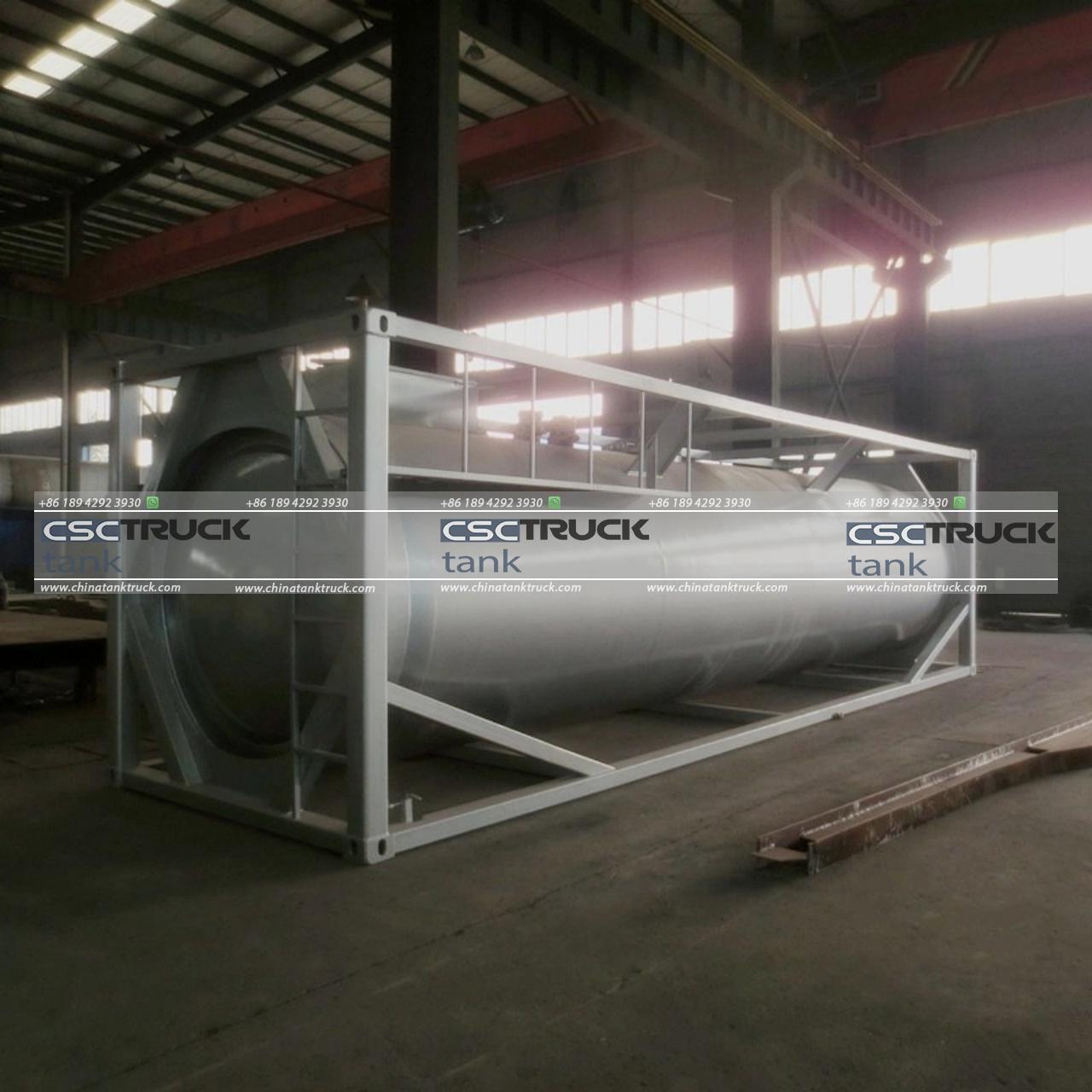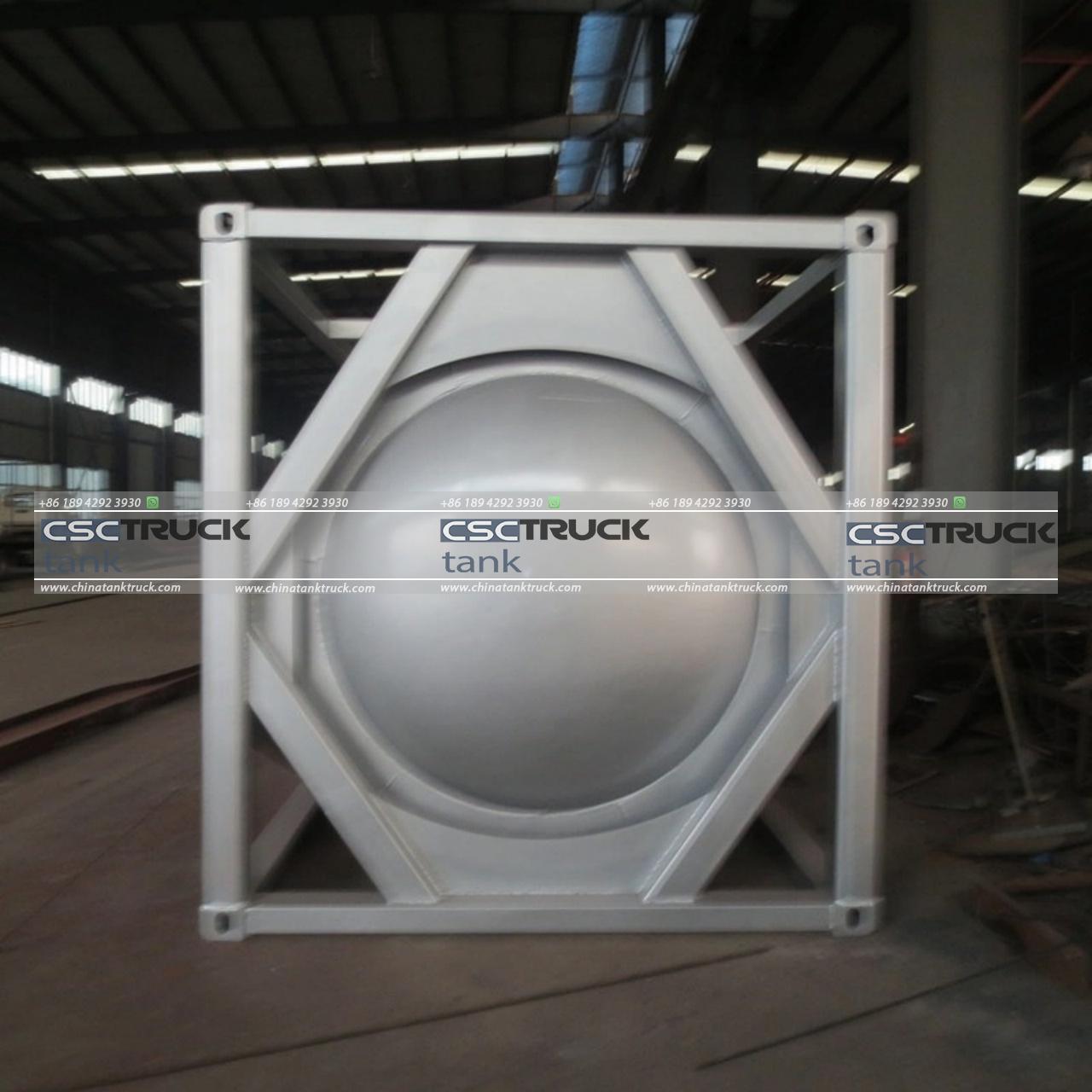How are ISO Tanks Heated?
ISO tanks, also known as ISO tank containers, are crucial components in the logistics and transportation of liquid goods. They are specifically designed to transport a variety of liquids, including chemicals, foodstuffs, and pharmaceuticals, safely and efficiently. Given the diverse nature of the liquids they carry, maintaining the appropriate temperature is vital. This is where heating systems come into play. In this article, we will explore the various methods used to heat ISO tanks, their applications, and the technology behind these systems.
Understanding ISO Tanks
ISO tanks are standardized, portable containers built to international specifications, which allow for easy intermodal transport—whether by road, rail, or sea. They typically consist of a stainless-steel tank enclosed in a protective frame, with capacities ranging from 14,000 to 26,000 liters. These tanks are designed to handle a wide range of temperatures and conditions, but for many liquids, heating is necessary to maintain their proper flow characteristics and ensure they remain in a liquid state during transit.

The Need for Heating
Not all liquids require heating, but many do, particularly those that are viscous or prone to solidify at lower temperatures. For instance, chemicals such as bitumen, some pharmaceutical ingredients, and food-grade substances like chocolate or molasses often need to be heated to remain pumpable and stable. Without proper heating, these substances could solidify, leading to potential damage to the tank and the product, or making it difficult to offload and use the product effectively.
Methods of Heating ISO Tanks
Several methods are employed to heat ISO tanks, each with its advantages and applications. The choice of heating method depends on the type of liquid being transported, the temperature requirements, and the specific conditions of the transport route.
1. Electrical Heating
Electrical heating is a commonly used method for ISO tanks. This involves the installation of electric heaters within the tank or on the tank’s surface. Electrical heating systems can be classified into two main types:
– Immersion Heaters: These are heaters that are placed inside the tank, directly in contact with the liquid. They work by converting electrical energy into heat, which is then transferred to the liquid. Immersion heaters are effective for smaller tanks and applications where precise temperature control is required.
– Surface Heaters: These are heating elements attached to the outside of the tank. They can be in the form of heating blankets or pads that wrap around the tank, or electrical trace heating cables that run along the tank’s surface. Surface heaters are suitable for larger tanks and are often used in conjunction with insulation to prevent heat loss.
Electrical heating is favored for its precision and control. However, it may not be the most efficient option for very large tanks or long-distance transport due to energy consumption and potential limitations in heat distribution.
2. Steam Heating
Steam heating is another popular method for heating ISO tanks. In this method, steam is circulated through a coil or jacket that surrounds the tank. The steam transfers heat to the tank’s contents, effectively raising their temperature.
– Steam Coils: Coils made of heat-resistant materials are installed inside the tank or in a jacket around the tank. Steam is pumped through these coils, transferring heat to the liquid. This method is highly effective for heating large volumes and can provide uniform temperature distribution.
– Steam Jackets: A steam jacket involves placing a heat-exchanging jacket around the tank. Steam circulates through the jacket, heating the liquid inside the tank. This method is particularly useful for continuous heating during transport.
Steam heating is efficient and effective, especially for larger tanks or bulk liquid transport. However, it requires access to a steam source, which may not always be available during transit.
3. Hot Water Heating
Hot water heating involves circulating hot water through a jacket or coil around the ISO tank. The hot water transfers heat to the liquid inside the tank, raising its temperature.
– Water Coils: Similar to steam coils, these are installed inside the tank or around its exterior. Hot water flows through these coils, providing consistent heat.
– Water Jackets: A jacketed system similar to steam jackets but using hot water instead. This method is used when a reliable hot water source is available and provides good temperature control.
Hot water heating is often used in conjunction with other methods, such as electrical heating, to ensure consistent and reliable temperature control throughout transport.
4. Indirect Heating
Indirect heating involves using a separate heat exchanger system that transfers heat to the tank via a heat transfer medium, such as oil or water. This method provides flexibility in heating control and is often used in combination with other heating methods.
– Heat Exchangers: These devices transfer heat from a heating medium to the tank’s contents. Heat exchangers can be designed for various heat transfer fluids and can provide efficient heating for a wide range of liquids.
– Thermal Oil Systems: Thermal oil is used as a heat transfer medium, circulated through a system of pipes or jackets around the tank. This method allows for precise temperature control and is effective for high-temperature applications.
Indirect heating systems are adaptable and can be used for various heating needs, providing a balance between efficiency and control.

Conclusion
Heating ISO tanks is a critical aspect of transporting various liquid goods, ensuring that they remain in a usable state and that the transport process is efficient and safe. Whether through electrical, steam, hot water, or indirect heating methods, each system offers unique advantages suited to different types of liquids and transport conditions. As technology advances, these heating methods continue to evolve, providing even more efficient and reliable solutions for the global logistics industry.

